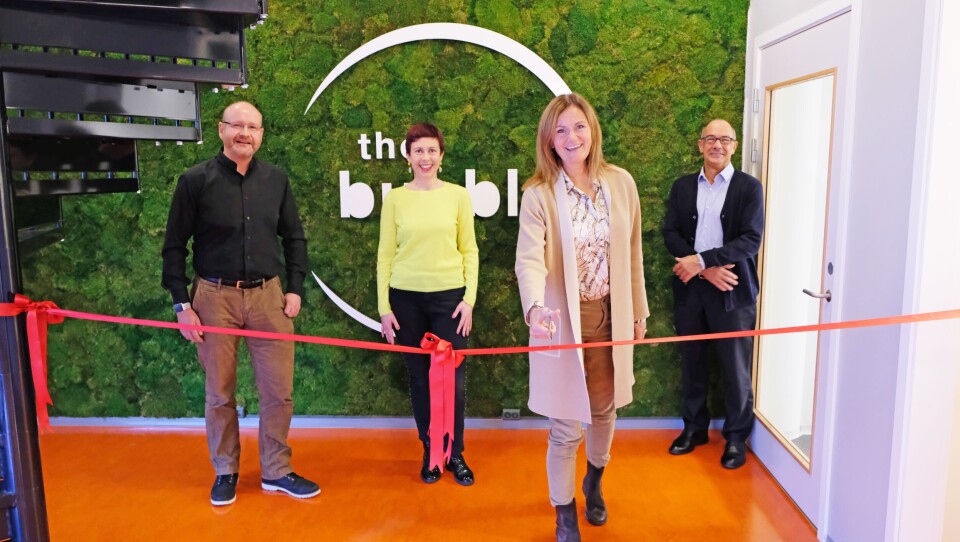
Sphere we go: Skretting looks to future in The Bubble
Feed manufacturer Skretting has expanded its research and development capacity by establishing a new facility, called The Bubble, within its Aquaculture Research Centre (ARC) organisation.
The Norway-based company said new in-house technologies will enable Skretting ARC scientists to not only observe biological changes in aquaculture species but understand the mechanisms behind these changes.
Skretting ARC has facilities in a number of countries. The Bubble is located at the Skretting headquarters in Stavanger, alongside an existing lab, researchers, a feed technology plant and the global head office. Nearby is the Lerang Research Station where trials with fish take place.
Microarray, qPCR, OMICs, cell culture, rapid analytics and quantitative histology are just some of the methods which will allow researchers to dig much deeper into the fundamental causes of challenges and risks for aquatic animals.
Going further with innovation
Some of those techniques, like cell culture, will enable the team to work in an even more sustainable manner. “Indeed, this method will give us the opportunity to pre-screen ingredients with interesting properties and therefore help to reduce the number of trials,” said Skretting in a press release.
The company’s R&D director, Alex Obach, said: “We are not just observing changes, but we are understanding them to a greater extent than ever before. Why do some fish grow better? Why are some more resistant to challenges? When we understand the why, we can go further in our innovation. We are extremely excited about the opportunities these technologies offer Skretting and the aquaculture industry.”
Continuously evolving
Delphine Crappe, an expert in transcriptomics, biochemistry and cell culture leads the specialised team of scientists. “We have such a unique knowledge pool here in The Bubble, combined with the huge advantage that we can share knowledge and compare interactions daily,” said Crappe.
“The intention is to keep growing and continuously evolve to adapt to the new challenges and techniques available in the market.”
Skretting chief executive Therese Log Bergjord said: “Having our own radical innovation centre will extend the scope of techniques used in-house and accelerate the development of our products and support our customers to better understand the biological challenges they face. It reinforces Skretting’s commitment to be at the front line of the rapidly developing aquaculture industry.”






















































